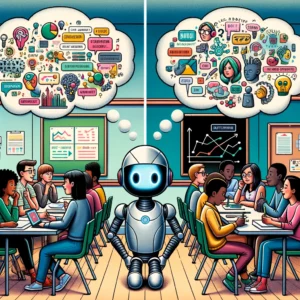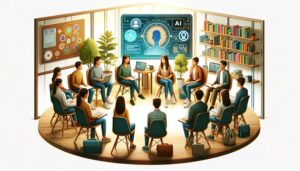The amount of time and energy being spent by researchers, education policy makers, parents, school leaders and pretty much any adult trying to get their proverbial head around the emergence of AI as a threat to education is overwhelming.
The written word is now suspect. Who wrote that paper? Who completed that assignment? Is it that youngster or is it some machine that that youngster is using to “cut corners?”
How are we going to protect ourselves from AI? Or are we going to find ways to use it to accomplish things that human beings have failed at: reaching every learner and providing academic support to different learning styles.
Virtual chat bots and Avatar-based virtual realities are even promising something greater: a friend and confidant to our students who are struggling making friends and co-existing with society.
Can we please slow down and ask a simpler, less monumental question? What is the pivot our teachers can make to get ahead of this new revolution? Here’s an answer:
Every assignment, every essay, every substantial academic work has a social component that is graded alongside the written word. We don’t have robots enrolled in schools (yet). So let’s expect more from students to verbalize what they are learning – and provide safe conversation frameworks for them to be challenged by their peers.
It’s the ability to persuade and the ancient art of rhetoric that we should be teaching in school to “combat” AI. Self expression through classroom dialogue should be the emerging assessment priority – if for no other reason than we can stop talking about “Big Bad AI” and focus back on what is really good for the kids.





